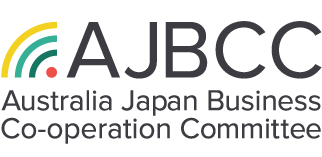
14 Sep In Focus: Japanese Participation in Australian Education
The significance of the education market in terms of young Japanese studying in Australia was identified in our last Japan Business Alert. The international education market encompasses everything from full degrees to semester exchanges and short-term study tours. For short-term study, Australia is popular with Japanese students – second only to the US, per the Japan Student Services Organisation (JASSO).
The total number of students from all countries studying internationally is rising rapidly; a 2017 OECD report revealed there were over 3.3 million in 2015. Yet, the same data indicates Japanese education overseas is on the decline – from a peak of 83,000 in 2004 to less than 55,000 in 2015 (though OECD figures are limited to students undertaking a full course of study abroad).
Several socio-economic factors are behind this decline: The number of Japanese 18-year-olds (the primary source of international students) has declined nearly 20% since 2004; the financial burden on Japanese households around higher education is higher than the OECD average; and Japanese studying overseas can face challenges finding work upon graduation, with local recruiting practices quite rigid and requiring physical attendance.
As evidenced above, short-term study abroad is popular – driven in part by the Government’s Japan Revitalisation Strategy, with the aim of promoting innovation and global competitiveness. The Ministry of Education, Sports, Science and Technology (MEXT) has set an annual target of over 120,000 Japanese studying abroad by 2020, and has increased scholarship funds to 6.8 billion yen in order to achieve this.
JASSO data shows growth in the number of overseas students (of almost 10% year-on-year to a record 96,000), though 62% of these students spent less than a month abroad and 82% less than six months. The Japan Association of Overseas Studies (JAOS) further suggests the primary purpose of overseas study is to learn English, with Australia very popular for short-term language study.
What remains is, considering the number of Japanese school students engaged in exchanges in Australia, university students taking English via short-term programs, and the strength of the bilateral business relationship, it is puzzling that we fail to see greater numbers studying at the tertiary level here.



